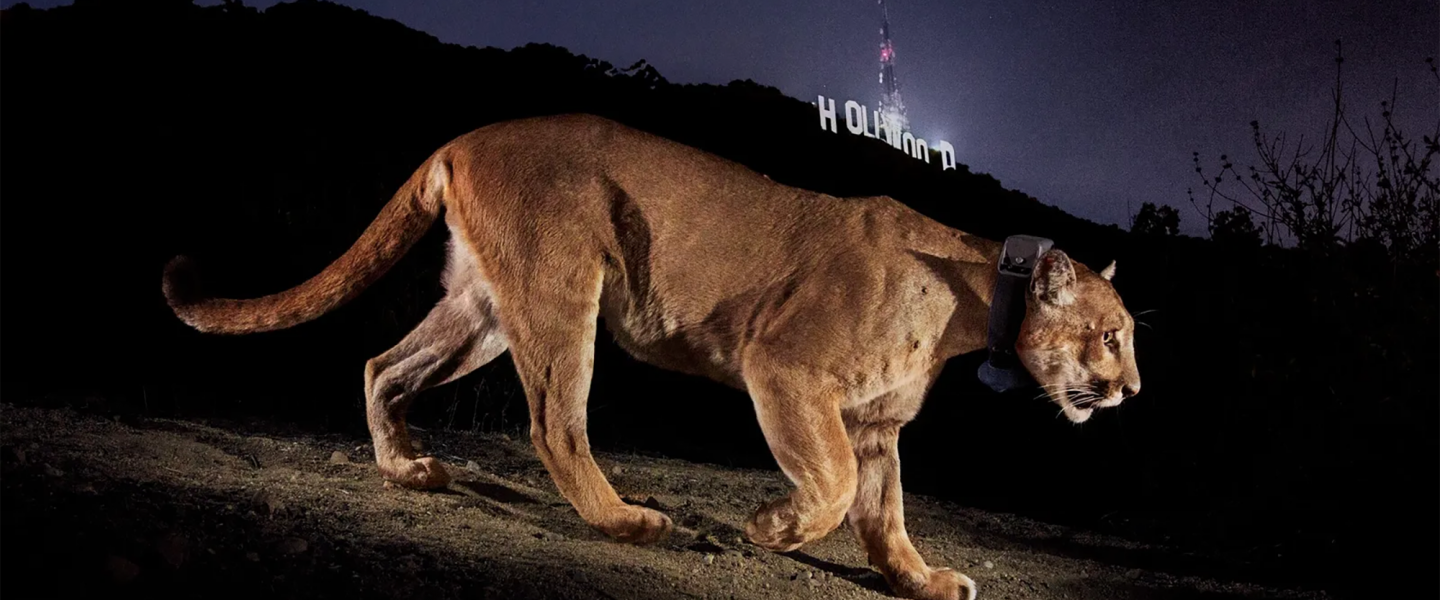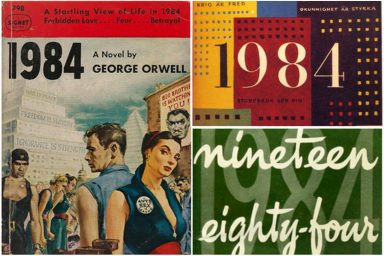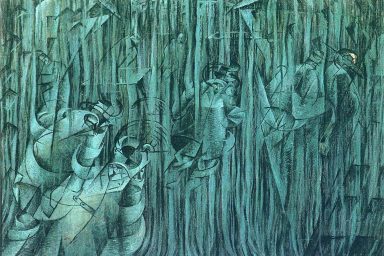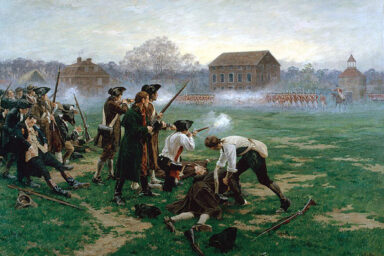We talk with approval, and even awe, of the “will to live” — in the ill, the wounded, and the despairing. But what of the will to die?
|
Listen To This Story
|
The life of the famous — or infamous, depending on your point of view — California mountain lion known as P-22 came to an end on Saturday. The great “Hollywood” cat was euthanized by the California Department of Fish and Wildlife (CDFW), after long outliving the non-captive life expectancy for his species. He was suffering from a long list of painful and disabling maladies that had reduced him to killing small animals, including neighborhood pets, because he could no longer hunt his normal larger prey. He had also recently been struck by a car, but had survived his wounds.
P-22’s death was reportedly quiet and painless, sparing him the agonies of starvation, decrepitude, and a slow or violent death in the wild.
I have witnessed life’s end for both humans and animals — the former at home and the latter, more tranquil by far, in the offices of several veterinarians. Hearing about P-22’s end, though, my mind drifted back to one of the most disturbing experiences I’ve ever had — not a death but a pointless prolongation of life.
My mother graduated from Hunter College in 1935 into the teeth of the Great Depression. She had wanted to become a professor of French, but she and her fellow graduates with similar aspirations were gathered together one day and told, “Ladies, we expect there will be no work in your fields for at least a decade. We advise you to find a different job that has security and a pension.”
So my mother became a policewoman for the NYPD. As a consequence, when I was born, an only child in 1957, not only did both my parents work, but my mother often worked 72-hour shifts. So I needed a caretaker.
Elin was a strong, cheerful, wise, caring, kind, and indomitable Swedish woman, already in her 60s. She took the best imaginable care of me, taught me a great deal at an early age about dealing with life’s ups and downs, and was a vital counterpoint to my mother’s slew of neuroses. She was paid, but became, in the course of things, a family friend, very dear to both my parents and me.
It struck me that we, the living, naturally exalt life and abhor death. We talk with approval and even awe of the “will to live” — in the ill, the wounded, the despairing. But what of the will to die?
Fast forward 34 years to 1991. I had been in college and various graduate programs since 1974 and then had moved to Boston. I had not seen Elin for six or seven years. I heard she was now living in a nursing home near where I grew up in the Bronx, so I went to visit her on a trip back home. She was 101 years old. My mother had warned me that she was not well, but nothing could have prepared me for what I was to behold.
Elin sat in a wheelchair with her chin upon her chest, her arms hanging over the wheels. I could not see her face, but I could hear her faint words all too clear. She repeated, and repeated them.
“I want to die. Why can’t I die? Why won’t they let me die? Please let me die. I want to die…”
Unceasingly. She did not recognize me, did not respond to my questions or to any of the news I brought.
Her chant went on uninterrupted, unchanged until, in tears, I said goodbye. I was told by staff that it went on all day, “like a broken record,” for how many weeks or months or years I could not and did not want to guess. It was more than another year before Elin’s final wish was granted.
It struck me that we, the living, naturally exalt life and abhor death. We talk with approval and even awe of the “will to live” — in the ill, the wounded, the despairing. But what of the will to die? Elin’s frail body and voice could not have expressed that will more forcefully — it had become her whole world, her only wish. And, at 101, had she not earned the right?
But we were all deaf, or helpless, forbidden to help in any way: the staff, the doctors, relatives, friends. No one could do for Elin what we routinely do for our aged and stricken pets and what CDFW could do for P-22 — evaluate the situation and respond with rational compassion. How many humans have we left, like Elin, to find their own way to life’s end through what must seem an endless tunnel of helplessness and horror? Who are we to say their will is invalid?
At 65, it has occurred to me to wonder why animals have all the luck — at least in this one respect. I do not fear death per se — or at least what fear I may have does not haunt me — but I tremble at the prospect that Elin’s fate might be my own: trapped, with no control, and no one empowered to honor my will to die.
And I ask why this fear, above all others, should darken my days.
Is it because our “nation, under God” clings to the religious point of view that all is in God’s hands so suicide, the will to die, is a terrible sin — and that there is to be no choice in the matter? Is it because there’s such great profit in keeping a million Elins alive and the payments — private and public — rolling in?
Or is it both — a convenient confluence of greed and imposed belief?
 A prominent critic, writing this month in The New York Times, found it “barbaric” that Canada had recently developed a “bureaucratic system” to facilitate the process of dying for those who choose to end a life made miserable by terminal illness or terrible suffering. Wearing his religion on his sleeve, Ross Douthat depicted the 10,000 Canadians who in 2021 opted for death on their own terms as fools or victims, rather than agents exercising a right that he does not believe is God-given.
A prominent critic, writing this month in The New York Times, found it “barbaric” that Canada had recently developed a “bureaucratic system” to facilitate the process of dying for those who choose to end a life made miserable by terminal illness or terrible suffering. Wearing his religion on his sleeve, Ross Douthat depicted the 10,000 Canadians who in 2021 opted for death on their own terms as fools or victims, rather than agents exercising a right that he does not believe is God-given.
Douthat writes, “When 10,000 people are availing themselves of your euthanasia system every year, you have already entered the dystopia.’
Presumably, then, a system that forces that same 10,000 to suffer needlessly, perhaps for years, or die a violent, painful, or terrifying death is not dystopian?
Here in blue California, death with dignity has at least a legal toehold, though the threat of nationwide obliteration of such nascent rights, if the Republicans gain full control at the federal level, cannot be discounted. America trembles on the edge of a great leap backward.
The debate over “death with dignity,” or physician-assisted suicide, takes its place among our own nation’s fierce culture wars, with blue and red states going their own way, as they have with abortion, guns, climate, curriculums, race, gender identity, religion itself, and “freedom,” however defined.
Here in blue California, death with dignity has at least a legal toehold, though the threat of nationwide obliteration of such nascent rights, if the Republicans gain full control at the federal level, cannot be discounted. America trembles on the edge of a great leap backward.
For now, it is good to know that Canada — less of a trek than similarly enlightened Belgium or Switzerland — has begun to institute a system that respects and honors the will to die.
It is all but futile to predict the circumstances of one’s own end. But I am comforted by the thought that, when mine comes, it may be as peaceful and shorn of terror and struggle as that of P-22.
Jonathan Simon is a senior editor at WhoWhatWhy.




